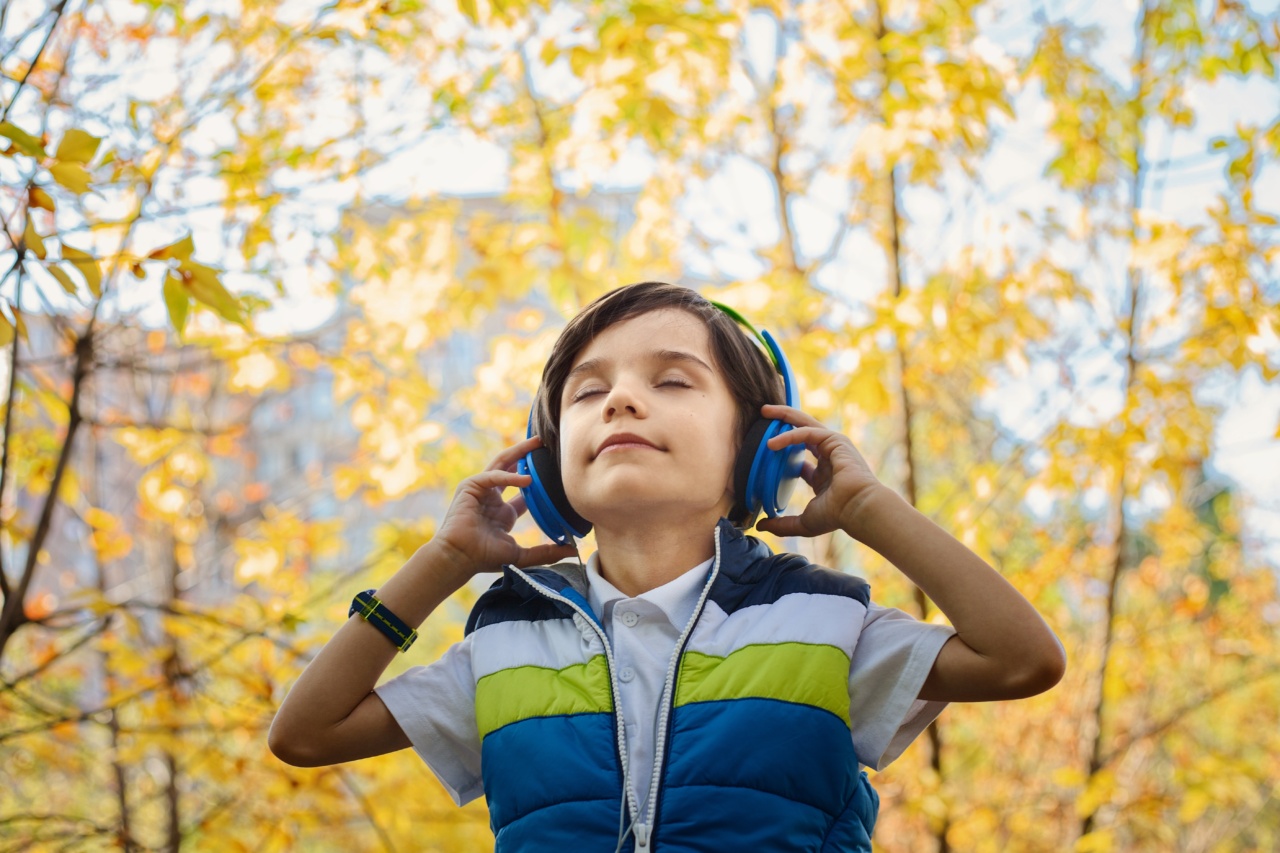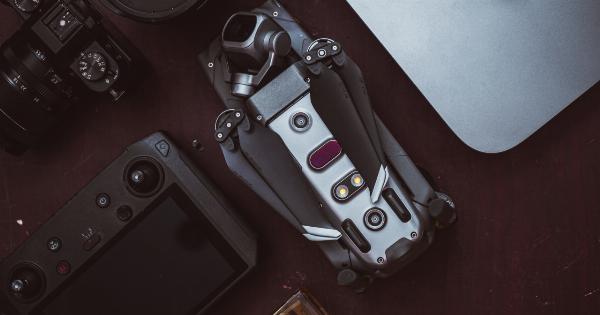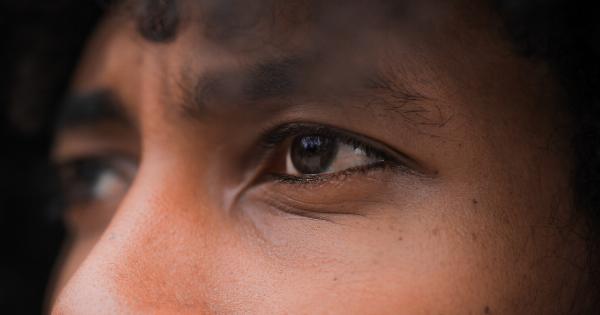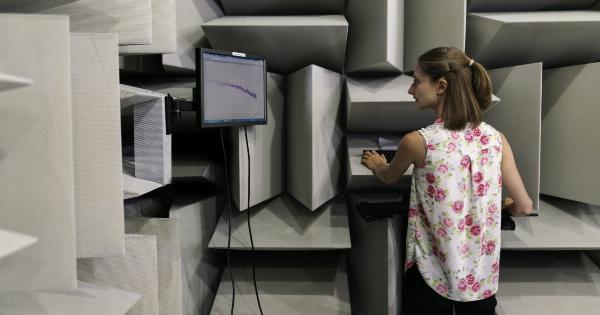Headphones have become an integral part of our daily lives. Whether we use them for listening to music, watching movies, gaming, or making calls, they provide us with a personal and immersive audio experience.
However, there has been growing concern about the potential harm they can cause to our hearing. In this article, we will delve into the truth about headphones and hearing damage.
Understanding Sound Levels
Before we can comprehend the impact of headphones on our hearing, it is crucial to understand sound levels. Sound is measured in decibels (dB), and prolonged exposure to sounds above 85 dB can lead to hearing damage.
To put this into perspective, a normal conversation typically measures around 60 dB, while a rock concert can exceed 100 dB.
Types of Headphones
When it comes to headphones, there are various types available in the market, each with its advantages and potential risks. Let’s explore the most common types:.
1. Over-Ear Headphones
Over-ear headphones, also known as circumaural headphones, cover the entire ear. They provide excellent noise isolation and generally have better sound quality when compared to other types.
Due to their size, these headphones tend to generate less sound leakage, preventing you from turning up the volume excessively. As a result, over-ear headphones are considered less harmful to hearing.
2. On-Ear Headphones
On-ear headphones, also called supra-aural headphones, rest on the outer ear without fully enclosing it. They are more compact and portable than over-ear headphones but may sacrifice some audio quality.
As these headphones don’t create a perfect seal around the ear, they can allow more background noise to interfere with the listening experience. Consequently, users might be inclined to increase the volume, leading to potential hearing damage.
3. In-Ear Headphones
In-ear headphones, commonly referred to as earbuds or earphones, fit snugly inside the ear canal. They are lightweight, portable, and often come bundled with smartphones or music players.
These headphones offer convenience but come with their own set of risks. Since the driver sits close to the ear canal, they enable sound to be delivered directly, potentially leading to a higher volume intake.
Improper usage or turning up the volume to drown out external noise can significantly increase the risk of hearing damage.
Volume and Duration: The Key Factors
When discussing headphones and hearing damage, two crucial factors come into play: volume and duration. The louder the volume, the shorter the exposure time should be to prevent hearing damage.
Conversely, lower volumes can be tolerated for longer durations. It’s important to strike a balance between enjoying your audio and protecting your hearing.
Dangers of Prolonged Exposure
Consistently exposing your ears to loud music or sound through headphones can have severe consequences. Here are some potential risks:.
1. Noise-Induced Hearing Loss (NIHL)
NIHL is the most common form of hearing damage caused by loud sounds. When exposed to high volumes, the delicate hair cells in the inner ear can be damaged or destroyed, leading to permanent hearing loss.
2. Tinnitus
Tinnitus is characterized by a persistent ringing, buzzing, or humming sound in the ears. It can be caused by prolonged exposure to loud sounds and can significantly impact the quality of life.
3. Hyperacusis
Hyperacusis is a decreased tolerance to normal environmental sounds, leading to discomfort or pain. Prolonged exposure to loud sounds through headphones can contribute to the development of this condition.
Tips for Safe Headphone Usage
While it is essential to be aware of the risks associated with headphones, it doesn’t mean you have to give them up entirely. By following these guidelines, you can enjoy your audio while reducing the potential damage:.
1. Limit Volume Levels
Always listen at a safe volume. If others can hear your music from your headphones or if you have to shout to make conversation, it indicates that the volume is too high.
2. Take Regular Breaks
Avoid prolonged and continuous usage of headphones. Take regular breaks to give your ears time to rest and recover from exposure to loud sounds.
3. Use Noise-Canceling Headphones
Noise-canceling headphones can help reduce ambient noise, allowing you to listen to music at lower volumes without sacrificing audio quality.
4. Invest in High-Quality Headphones
High-quality headphones often deliver better sound quality, so you can enjoy your audio at lower volumes without compromising the experience.
Additionally, they may offer better noise isolation, reducing the need to turn up the volume to block out external noise.
5. Be Mindful of Background Noise
Avoid competing with background noise by increasing the volume excessively. Instead, find a quiet environment or use noise-canceling features to minimize the need for high volume levels.
6. Educate Others
Spread awareness about responsible headphone usage to your friends, family, and colleagues. Encourage them to adopt healthy listening habits to protect their hearing.


























